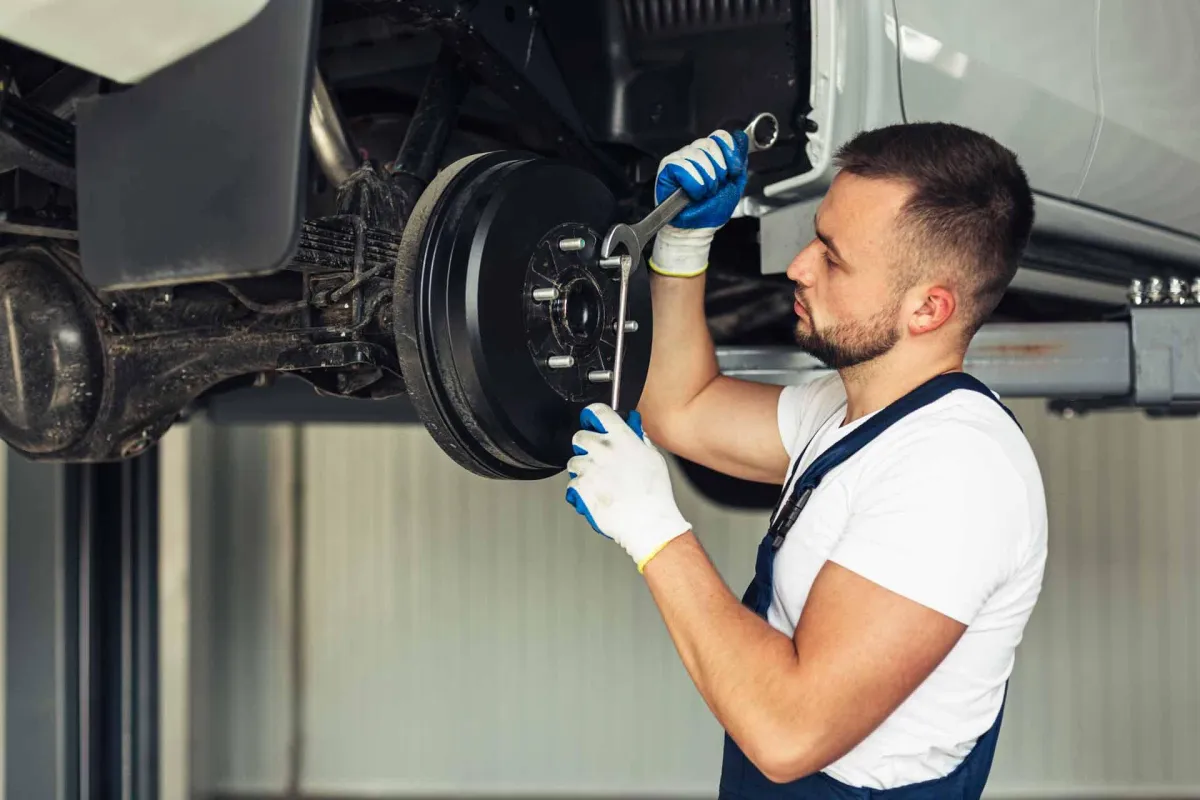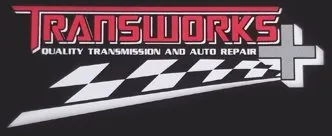East Bethel, MN
Call Us 763-413-7001
FREE Estimates | Factory Warranties on New Auto Parts
Explore our auto repair blog for valuable tips, trends, and maintenance advice


Suspension Tune-Ups: Improving Ride Comfort and Tire Life
Every driver in East Bethel knows what it feels like to hit a Minnesota pothole. The jolt travels up through the steering wheel, the seat, and your spine. Over time, those hits take a toll—not just on comfort but on the suspension system that keeps your car stable, smooth, and safe.
A suspension tune-up isn’t about luxury. It’s about preserving control, improving tire life, and keeping your vehicle’s performance consistent no matter how rough the road gets.
What Happens When Your Suspension Wears Down
The suspension system is a network of components—springs, shocks, struts, control arms, bushings, and joints—that all work together to keep your tires in constant contact with the road. When one of these parts weakens, the entire system compensates. The result? Uneven tire wear, drifting alignment, and a ride that feels unpredictable.
Here’s what gradual suspension wear looks like in real life:
Your car nose-dives when braking. Worn shocks and struts let the front end dip too far forward.
You bounce after hitting bumps. Healthy suspension should absorb and settle quickly.
The steering feels loose or off-center. That’s a sign of worn tie rods or control arm bushings.
Tires wear unevenly. Suspension misalignment pushes more pressure to one edge.
You feel every crack in the road. Diminished dampening means vibration and impact reach the cabin.
Each symptom chips away at ride quality—and at the same time, shortens the lifespan of your tires and steering components.
Why Suspension Matters More Than Most People Think
The suspension system doesn’t just make driving comfortable. It’s a key factor in safety and vehicle longevity.
Tire Life: Proper suspension keeps tires aligned and evenly weighted. A vehicle with bad shocks can wear out a new set of tires in half the expected time.
Fuel Efficiency: Misalignment increases rolling resistance, forcing the engine to work harder.
Brake Performance: Stable suspension keeps the vehicle balanced when braking, improving stopping distance.
Driver Control: Even a slightly loose suspension can cause sway or pull at highway speeds, especially on icy or uneven roads.
For East Bethel drivers who deal with frost-heaved pavement and gravel routes, a tune-up once a year can prevent both costly repairs and safety hazards.
What’s Included in a Suspension Tune-Up
A tune-up is not just replacing parts—it’s a full performance check that identifies where wear is developing before it turns into failure.
During a suspension tune-up at Transworks Plus, technicians typically:
Inspect shocks, struts, and springs for leaks or sagging.
Check alignment angles to ensure proper tracking and steering response.
Evaluate bushings and joints for cracking or play.
Test steering linkage for tightness and feedback.
Inspect tires for cupping, feathering, or uneven wear patterns.
Small adjustments—like tightening mounts or replacing a single worn strut—can restore handling and extend tire life significantly.
The Minnesota Factor: Local Wear and Tear
Cold weather does more than freeze the roads—it hardens rubber and shrinks metal. Over time, that combination weakens suspension bushings and causes seals to leak. Add road salt corrosion, and East Bethel vehicles face an especially harsh environment.
Signs of winter-related suspension wear include:
Popping or clunking noises in cold weather
Slow rebound after bumps
Cracks or tears in rubber bushings
Visible rust on struts or control arms
Routine tune-ups identify these issues before they cascade into major component failures.
How to Tell When It’s Time for a Tune-Up
You don’t need to wait for obvious failure to schedule service. A few consistent habits can tell you when to act:
Every 12 months or 12,000 miles for Minnesota driving conditions.
After hitting large potholes or curbs. Even one impact can throw your alignment off.
When installing new tires. Checking suspension ensures your investment lasts.
If the ride changes suddenly. Any new bounce, vibration, or drift deserves inspection.
A tune-up at the right time saves money—on tires, fuel, and future suspension repairs.
FAQs About Suspension Tune-Ups
Do I really need a suspension tune-up every year?
Yes, especially if you drive in harsh climates like Minnesota. Annual checks catch early wear before it affects tire life and safety.
What’s the difference between a tune-up and an alignment?
An alignment adjusts wheel angles for proper tracking. A suspension tune-up inspects and maintains the entire system that controls how the wheels move and absorb impact.
Can I drive with worn shocks or struts?
You can, but it’s risky. Handling suffers, stopping distances increase, and tires wear unevenly. Replacing them early prevents expensive ripple effects.
Why are my tires wearing unevenly even after alignment?
Alignment only fixes geometry. If shocks, bushings, or springs are worn, tires still won’t contact the road evenly—causing rapid wear.
What’s the average cost of a suspension tune-up?
It varies, but minor service is often under a few hundred dollars. That’s a fraction of the cost of replacing tires, struts, or control arms later.
A Smoother Ride Starts Here
Every bump, dip, and vibration tells a story about how your suspension is performing. Ignoring those signs means accepting a rougher ride and faster tire wear. Regular tune-ups restore comfort, extend tire life, and keep your vehicle balanced no matter what East Bethel’s roads throw your way.
Transworks Plus is the local name Minnesota drivers trust for suspension diagnostics, repairs, and preventive maintenance. Because a smoother ride isn’t just comfort—it’s confidence on every road.

Schedule Your Auto Services Today
Keep your vehicle in top condition with our professional maintenance services. Book your next appointment now to ensure your car runs smoothly and efficiently.
Get started on reliable vehicle performance today.
FOR DIAGNOSTICS, MAINTENANCE, OR ANY AUTO REPAIR NEEDS

CALL US
(763) 4137 001

AUTO SERVICES

CONTACT INFORMATION
Call us: 763-413-7001
Address:
18607 MN-65, East Bethel, MN 55011
Business Hours
Mon - Fri: 7:30 AM– 5:00 PM
Sat & Sun: Closed
© 2025 All Rights Reserved | Transworks Plus | Privacy Policy
